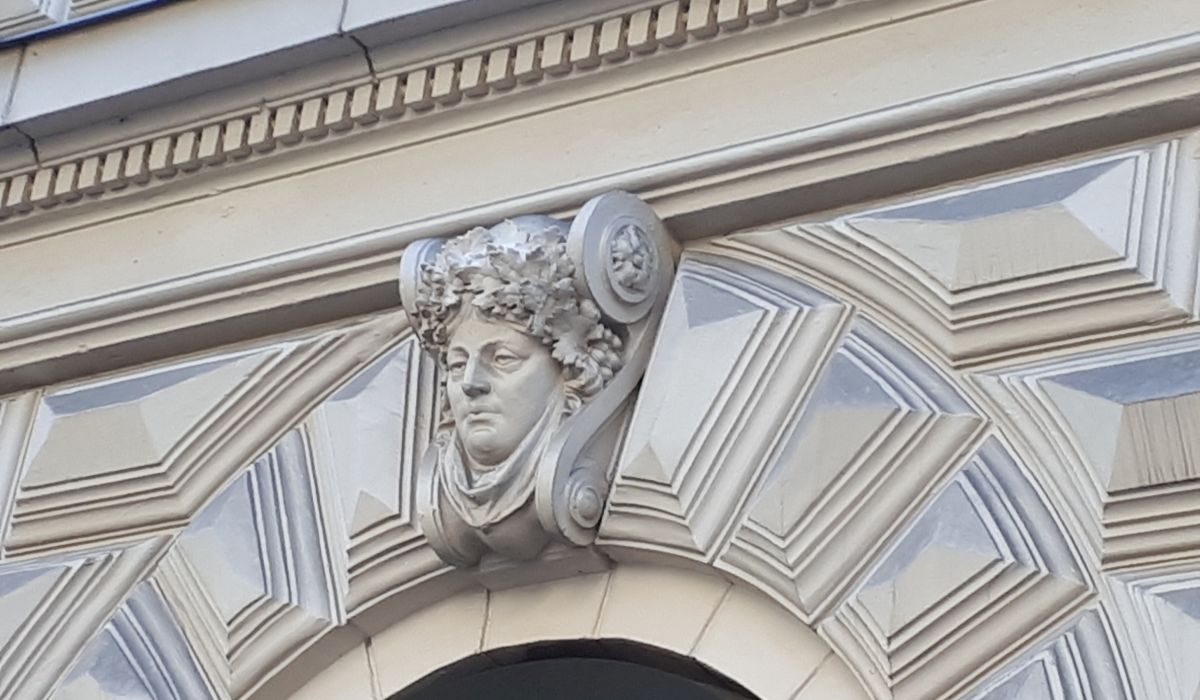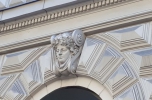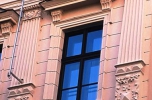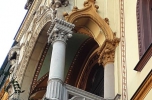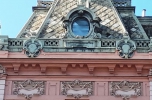The Triumph of the Roman Cement
Materials used on Revivalist Facades
Text and photos: András Jeney
The latter half of the 19th century and the early 20th century is the period of revivalist styles in the history of Hungarian architecture, which is are also referred to as Neo-styles or historicism. This is the era when a significant proportion of our high-standard building stock was built. As the period was over, Historicism was widely and intensely criticised. The turning point in research history, the overall re-assessment of historicism came by in the 1980s, but has not achieved a genuine triumph ever since. Formerly phrased criticism was partly due to a variety of facts such as Neo-Renaissance facades were typically clad in and graced by uncarved stones but plasterwork architecture as opposed to the inspiring buildings of Renaissance Italy. This era was the golden age of Roman cement, of which architectural sculptures and decorations were made. The article below surveys architectural ornaments and members made of Roman cement.
